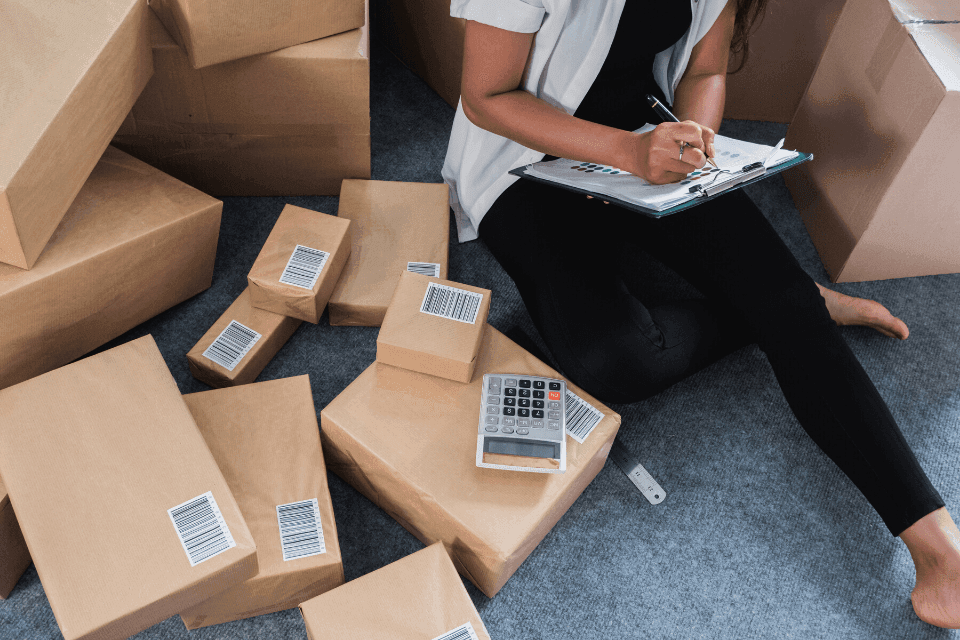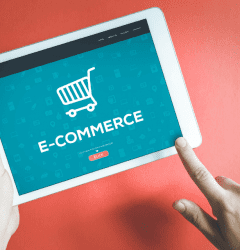This website uses cookies so that we can provide you with the best user experience possible. Cookie information is stored in your browser and performs functions such as recognising you when you return to our website and helping our team to understand which sections of the website you find most interesting and useful.
22 Apr

The ongoing global pandemic has forced most to self-isolate and sprouted up a multitude of challenges for businesses. Together, supply chain disruptions and demand fluctuations have left even well-positioned e-tailers to juggle with economic uncertainty. In this article, we explore cost-saving factors that can be evaluated by Amazon sellers. While these aspects are part of regular business operations, the importance of conserving cash in the current situation calls for a detailed assessment.
Over the past few weeks, we have been helping our clients think through the areas where they can cut costs. For one such client on Amazon, we took a closer look at the inventory and ended up saving thousands of dollars. Here are some ways you can do that too:
- Aim for the right product size – A crucial factor that can add to your FBA fees is the size of the product. There are two things to consider while re-evaluating the fee:
- Packaging – Various size tiers define the respective FBA fulfillment fee in any category. Optimize your packaging to fit the smallest tier possible. For example, there may be a tier with lower dimensions where your product still fits and leads to lower fulfillment fees.
- Dimensions – While entering the right dimensions in the system is a prerequisite, in some cases, Amazon may have misrecorded the dimensions leading to higher fees. While manually monitoring this for all products may be cumbersome, doing periodic checks can help catch such inconsistencies. If the dimensions are not right, you are owed a refund. One of our health & wellness clients can back this up!
2. Sell items in bundles – Analyse historical data and consider bundling products that are usually bought together, or items that can be clubbed into packs of 2, 4 and so on. If you sell two items separately, you need to pay FBA shipping and closing fees on both the items. But, if you bundle those two items together as a single unit, your shipping fee may only increase by a certain percentage. This depends on the new size/dimensions of the combined bundle, rather than simply being doubled up.
3. Choose your product categories wisely – Product categories decide the Amazon referral fee you must pay. For instance, as a broad category, you might want to choose ‘Watches’ (referral fee: 13%) instead of ‘Apparel Accessories’ (referral fee: 17%). While this can be an easy cost saving trick, make sure that your product is highly relevant to the category that is chosen.
4. Take stock of stranded inventory – Stranded inventory is a broad term for several problems such as expired listing, suppressed listing, delisting etc. It can hamper available storage space and incur long term storage fees. Do an in-depth analysis periodically to mitigate issues due to stranded inventory, and ensure every product you’ve listed is either in stock, sold, or reimbursed.
5. Pay attention to inventory placement – Sellers on Amazon.in may have seen substantial sales growth from certain regions without registering for fulfillment centers in those areas. Consider opting for such warehouses to reduce delivery costs as a result of closer distance. Additionally, you may also become eligible for Prime tags, if you’re not an FBA seller already.
Based on the aforementioned tips, sellers can save money and elevate profitability. Maximize the use of these options, so that your business is not entirely dependent on selling more to grow in these trying times. You must also keep track of any new policies, third-party options, and trends in your business so that you can adapt and conserve costs in an ever-changing market.













